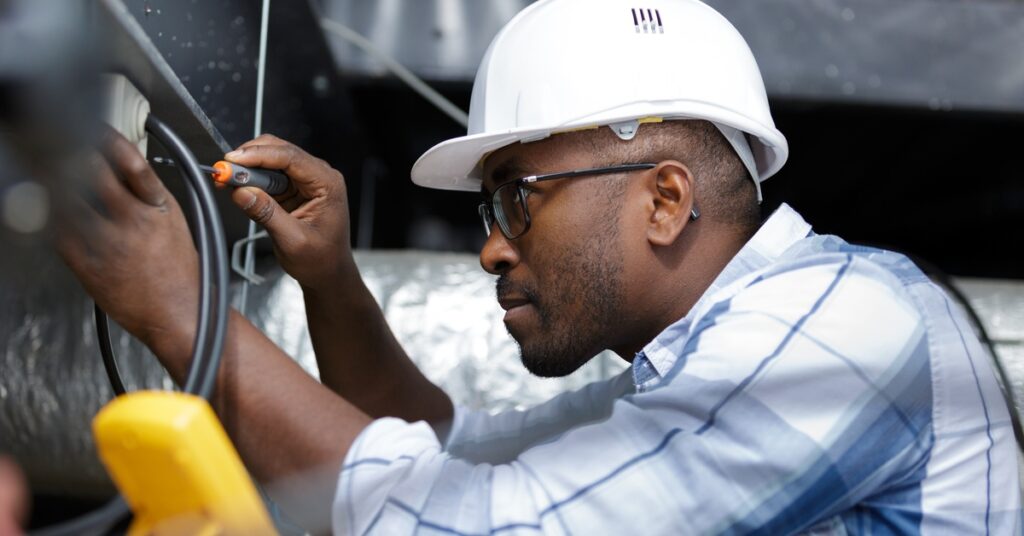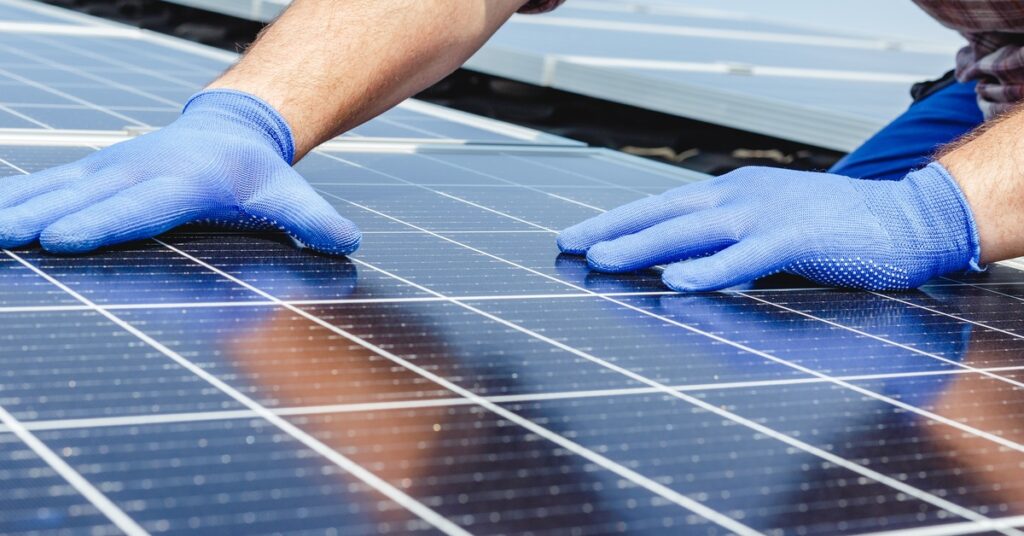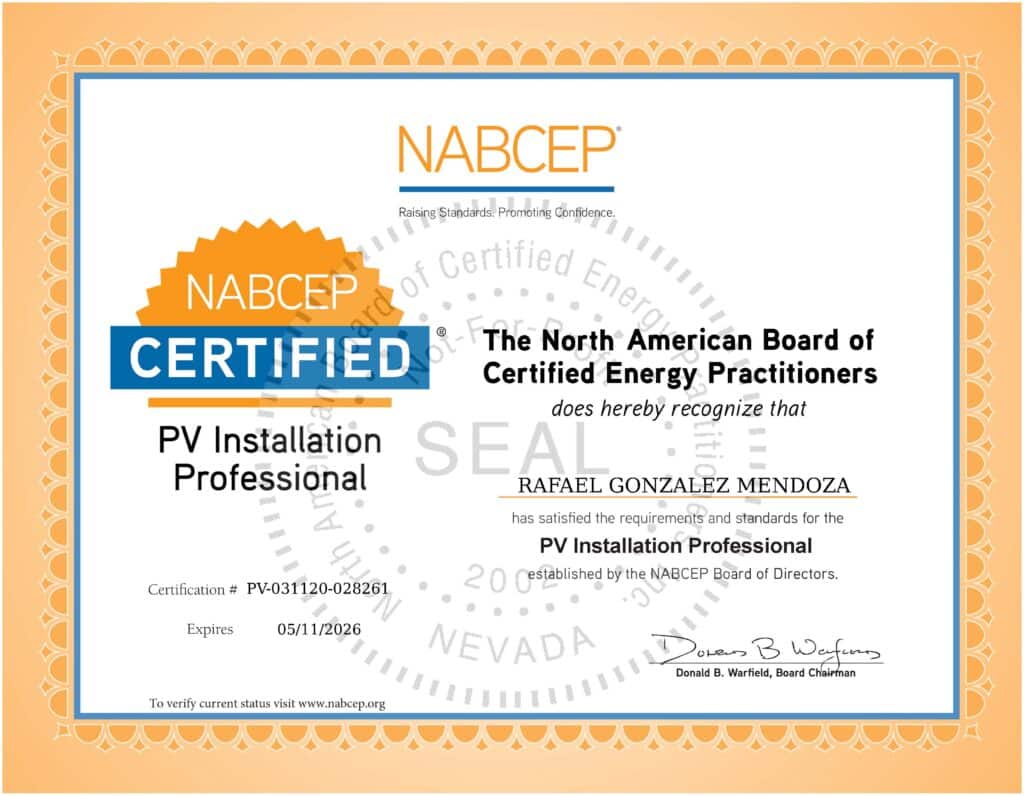The demand for reliable energy solutions is growing rapidly in the modern world, driven by increasing energy consumption, concerns about climate change, and the desire for greater self-sufficiency. Among these innovative solutions is the Tesla Powerwall, a groundbreaking advancement in home energy storage.
This smart, efficient system stores energy so households have access to power, even during outages. With a sleek design, advanced technology, and sustainability in mind, Tesla continues to revolutionize the way we think about energy.
Many individuals and homeowners are interested in integrating modern energy technologies into their lives but may find the technical aspects overwhelming. This guide about the smart backup power of a Tesla Powerwall provides a detailed explanation of how it works and its sustainability benefits.
What Is the Tesla Powerwall?
The Tesla Powerwall is a rechargeable lithium-iron phosphate battery designed for residential use and small-scale commercial applications. Developed by Tesla, the same pioneering company renowned for its electric vehicles, the Powerwall works as an energy storage system that pairs with solar panels or the electric grid.
Its purpose is to store electricity you can use later, whether during a power outage, at night, or in times of high energy demand. By providing an independent energy reserve, the Powerwall empowers homeowners to take control of their energy usage.
Key Features of the Tesla Powerwall
The Powerwall comes with several advanced features that distinguish it from traditional battery storage systems. They include:
- Advanced battery technology: The Powerwall uses lithium iron phosphate (LFP) battery chemistry, known for its enhanced safety, thermal stability, and longevity compared to traditional lithium-ion batteries. Its battery technology increases reliability and improves energy performance over time.
- Exceptional durability: Engineered to withstand diverse environmental conditions, the Powerwall will last for many years. Its construction ensures consistent operation in different climates and challenging environments.
- Compact design: The Powerwall features a streamlined design that enables easy integration into homes or businesses without taking up excessive space.
- Efficient energy management: Equipped with cutting-edge monitoring and optimization features, the Powerwall automatically regulates energy. It tracks power consumption, optimizes energy storage, and ensures a stable power supply during outages or periods of high demand.
- Seamless integration: Designed to work seamlessly with solar systems and the Tesla app, the Powerwall provides real-time energy monitoring and easy configuration. This feature makes energy management simple and accessible for users.
Advantages of Installing a Tesla Powerwall

Installing a reliable Tesla Powerwall offers a range of advantages in areas like energy efficiency, reliability, and sustainability. The Powerwall enables users to store energy generated from renewable sources, reducing reliance on traditional energy grids and lowering carbon emissions. These green choices contribute to environmental conservation and a more sustainable future.
During hurricane and storm seasons, the Powerwall can be a vital resource for maintaining safety and comfort. Severe weather often results in prolonged power outages, leaving homes without electricity for days or even weeks. This Tesla innovation allows critical appliances like refrigerators, medical equipment, and communication devices to remain operational. Its resilience and practicality make the Powerwall an essential tool for weathering the challenges of extreme weather.
Installing the Tesla Powerwall
Step 1: Energy Needs Assessment
A Tesla-certified installer will evaluate your household’s energy consumption to determine the number of Powerwall units required. This way, the system meets your specific energy storage and backup needs without wasting energy.
Step 2: Site Inspection
The installation team will conduct a thorough inspection of your property to determine the optimal location for the Powerwall. This location is usually in the garage, basement, or an outdoor area with proper ventilation and easy access for maintenance.
Step 3: System Design and Planning
Based on the energy assessment and site inspection, the installer will design a custom system that integrates the Powerwall with your existing electrical system and, if applicable, your solar panels. This phase involves obtaining necessary permits that follow local regulations.
Step 4: Electrical Panel Preparation
The installer may prepare your electrical panel by installing additional components or upgrades necessary to connect the Powerwall. This step ensures compatibility and enhances the overall efficiency of the energy system.
Step 5: Powerwall Installation
The installers secure the Powerwall units on the designated wall or floor space. The team will carefully route the wiring to connect the Powerwall to your home’s electrical system and solar inverters, if applicable.
Step 6: System Configuration
After physically installing the Powerwall, the team will configure the system using the Tesla app. This setup process allows you to monitor energy use, set preferences, and view real-time energy data directly from your smartphone or tablet.
Step 7: Testing and Commissioning
Once the setup is complete, the installation team will conduct thorough testing to confirm that the system is fully operational. This step includes verifying proper functionality, checking energy flow, and simulating potential outages to test backup power readiness.
Step 8: Homeowner Orientation
The final step includes a walkthrough of the system with the homeowner. The installer will explain how to use the Tesla app, review energy management options, and answer questions so you feel confident managing the Powerwall system.
Tesla Powerwall and Solar Integration

The Tesla Powerwall offers an essential capability that ensures energy reliability, even during grid outages. This device allows homeowners to continue operating their solar energy systems when the grid goes down, providing uninterrupted power that would be impossible with only solar panels.
This feature stores and effectively utilizes the energy generated by solar panels, maintaining critical household functions and eliminating reliance on external power during emergencies. With its seamless transition to backup mode, the Powerwall enhances energy independence and provides peace of mind during unexpected power interruptions.
Considerations Before Installing a Tesla Powerwall
There are different Powerwall models, each offering an excellent solution for homeowners and commercial property owners. There are a few factors to consider before installation:
- Initial costs: The upfront cost of purchasing and installing a Powerwall may be a major investment for some. However, the long-term savings often offset these costs.
- Space requirements: Although the Powerwall is compact, multiple units may require additional space for installation.
- Local regulations: Your location must permit energy storage systems. Further, your setup must comply with zoning and building laws.
The Tesla Powerwall 3 introduces several advancements over the Powerwall 2. It features a slimmer design, enabling easier installation and improved adaptability to tight spaces. The Powerwall 3 offers increased energy capacity, supporting more extensive energy storage needs, and its integration with solar systems is easier with updated technology. These upgrades make the Powerwall 3 a more versatile and efficient choice for modern energy storage solutions.
Installing home energy storage systems is a big step forward in achieving a sustainable energy future. These systems enable the more efficient use of renewable resources while empowering individuals and communities to take an active role in reducing their environmental impact. By integrating smart backup power solutions with a Tesla Powerwall and renewable technologies, you can accelerate the transition to a cleaner, greener planet while enhancing energy reliability and resilience for all.


